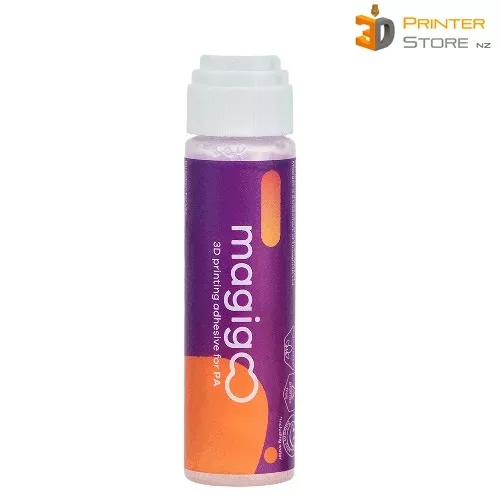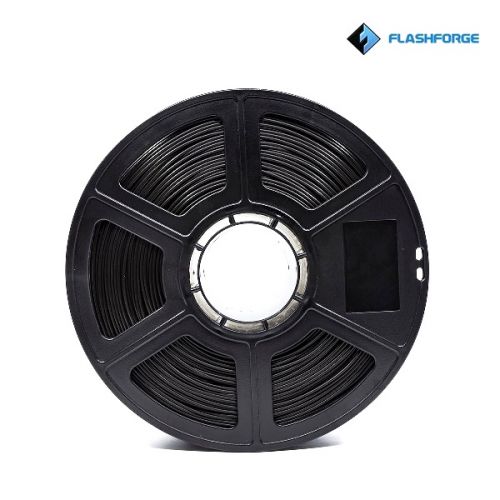FlashForge Carbon Fibre PETg Filament
Made using PETG and High-Modulus Carbon Fiber, FlahForge PETG CF is a high strength, matted, easy to 3d print CF reinforced 3D printing filament.
Carbon Fibre coupled with the higher temperature handling & stiffness of PETG presents an advantage over other PLA based carbon fibre filaments that soften at lower temperatures, since PLA will soften faster than Petg & is also weaker.
This filament is ideal for anyone that desires a structural component with high modulus, excellent surface quality, dimensional stability, light weight, and ease of printing.
Petg is also easier to 3d print than Nylon in some 3d printers.
This filament is an excellent alternative to carbon fiber Nylon filaments in case you need lower moisture absorption, & higher stiffness compared to a Nylon based polymer.
1.75mm 1kg roll of PetG Carbon Fiber Filament
Benefits of PETG Carbon include:
PETG Carbon Filament Material Properties
- Density 1.3 g/cm³
- Charpy impact Strength 3.91 KJ/m2
- Tensile Strength 51 MPa
- Glass temperature tg 75°
- Superior Chemical Resistance vs. ABS
- Amorphous: Low and near isotropic, for minimal shrinkage
- Low moisture absorption: 3X lower vs. ABS
- Low odor emitted during printing
- Wide processing range: 220 - 260°C


